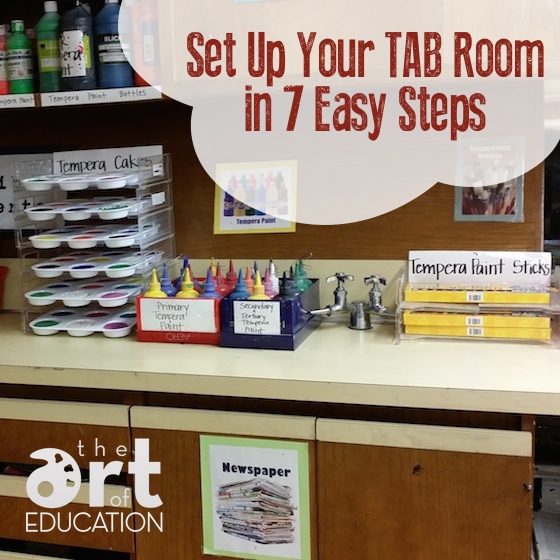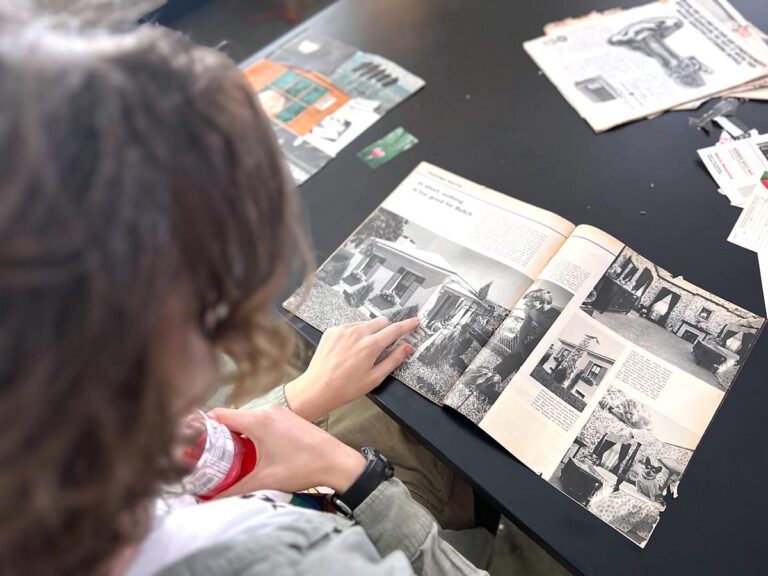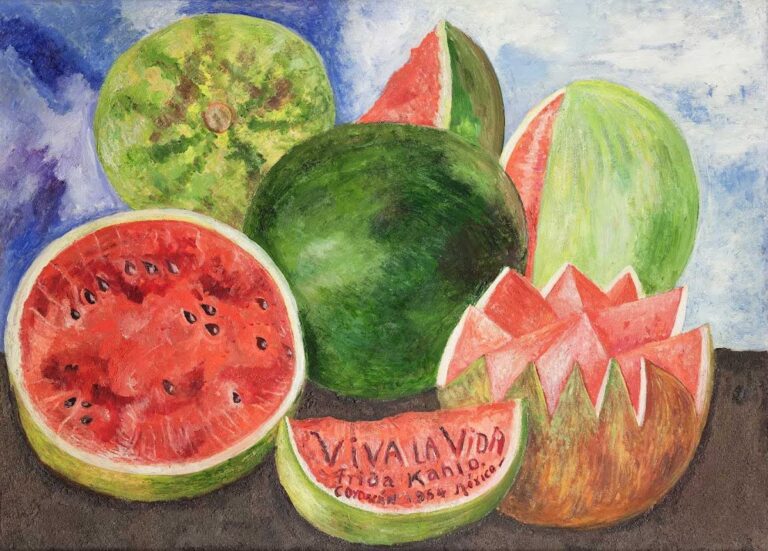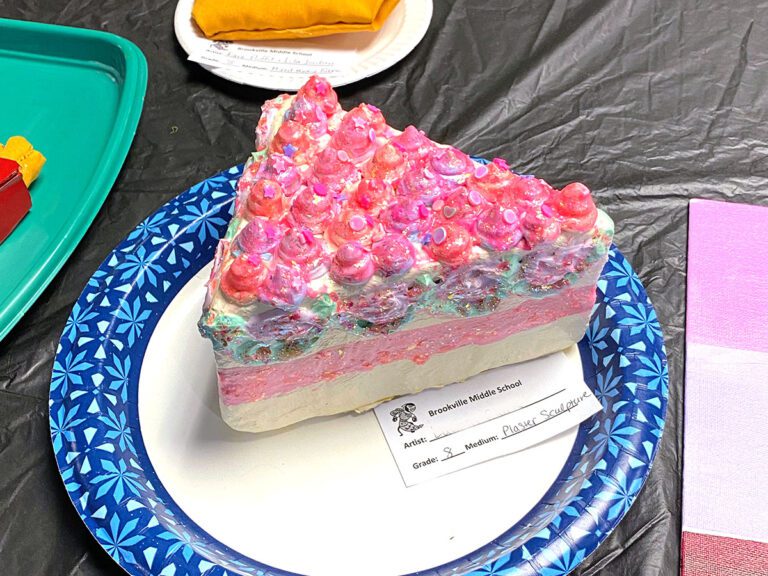Yesterday, I shared the reasons why I chose to teach a Choice-Based art curriculum known as Teaching for Artistic Behavior or TAB. You know why I changed my curriculum, and today I’m going to tell you how my room changed with it.
Changing your curriculum and/or teaching philosophy can be overwhelming, and at times, you might not know where to begin. In fact, if you take AOE’s online class, Choice-Based Art Education you can learn a wide variety of ways you can teach along the Choice Spectrum, it’s not one size fits all! If you’re interested in implementing choices in your curriculum, I’m here to help ease your fears and guide you as you make the change to choice.

After researching and reading about TAB, the next step is to set up centers or studios throughout your classroom. One of the most important aspects of a TAB classroom is student independence. To give students independence, they need to be able to freely move around to get the supplies they need. The more organized your classroom is, the more successful your students will be.
Here are seven steps to help you create an organized TAB classroom.
1. Label, label, label.
Labeling supplies is one of the most important parts of TAB. Every supply needs a name and a home. Students need to know what a supply is called and where it belongs. This process can be time consuming, so ask for help. My ten year old niece was an excellent helper when it came time to labeling my supplies.
2. Label supplies with an example photo.
Adding a photo of the supply helps students learn the name and see how the supply should look when put back correctly.
3. Decide how supplies will be organized.
Will you have students pick out one supply at a time, such as a black permanent marker? Or will students take a group of supplies at one time, such as a basket of neon crayons? When you introduce each supply to students, you will need to be clear as to how it’s organized.
4. Find as many small baskets or buckets for organization as possible.
Dollar stores and the dollar section at Target are great places to find inexpensive storage containers. Recyclable containers such as sour cream, plastic microwave dinner and food to go containers are free and earth-friendly.
5. Organize your classroom by centers.
These are the centers I currently have set up in my classroom: Collage, Drawing, Ceramic, Painting, Fiber. Other center examples include: Art History, Sculpture, and Technology. Decide which centers will be permanent and what centers will be temporary. For example, my ceramic center isn’t always out since I currently don’t have the budget to allow students to freely choose to use clay. Check out my TAB Set Up Pinterest Board for more inspiration.
6. Make posters.
Create procedure posters for each center to help increase student independence. There is a plethora of TAB poster examples on Pinterest as well as visuals in the two TAB books I refer to at the end of this article.
7. Create procedures and expectations for cleanup.
In my opinion, this is one of the most important parts of TAB. I do not want to spend my planning period cleaning up after my students. By being proactive and constantly monitoring clean up, students will understand the expectations. If a center isn’t cleaned or organized, close it for a couple of days. I always say to my students, “The neater you keep the art studio, the messier I will let you get.” Meaning, the more successful they are with clean up and organization, the more “messy” centers I keep open.
In addition to these tips, I highly recommend purchasing and referring to these two books on TAB: Engaging Learners Though Artmaking by Katherine M Douglas and Diane B. Jaquith and The Learner-Directed Classroom by Diane B. Jaquith and Nan E. Hathaway. These books have been very helpful in my transition to a TAB set up in my classroom and contain excellent information about centers.
Setting up a TAB classroom is a huge transition. It doesn’t happen overnight. I am frequently moving items and asking students their opinions of what works best and what doesn’t work. Hopefully with time, you will find what works best for your classroom, too.
What questions do you have regarding TAB classroom set up?
Do you have any advice on setting up studio centers?
Magazine articles and podcasts are opinions of professional education contributors and do not necessarily represent the position of the Art of Education University (AOEU) or its academic offerings. Contributors use terms in the way they are most often talked about in the scope of their educational experiences.




